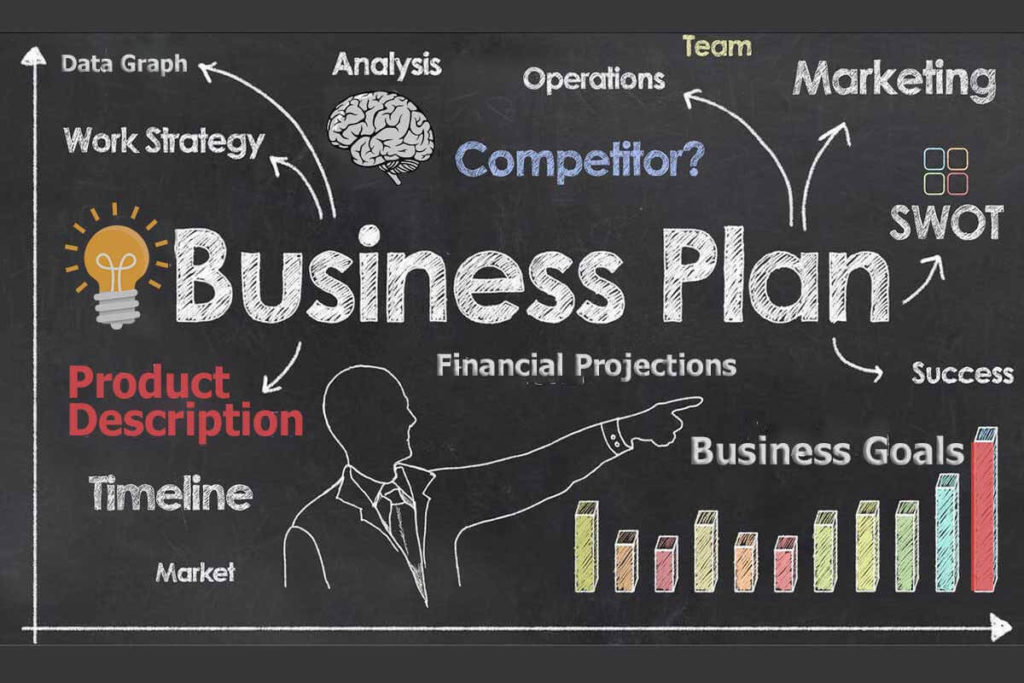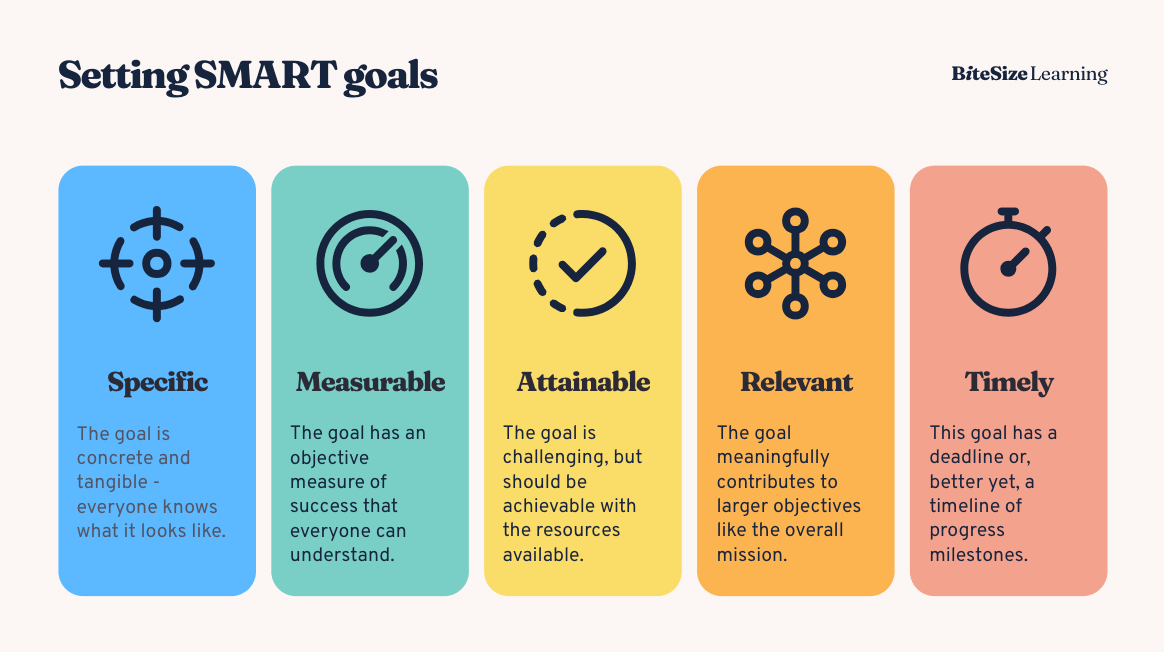The 14 UN Sustainable Development Goals:
 Source: https://www.fairatmos.com/blog/how-the-un-sdg-provide-a-blueprint-for-sustainable-development
Source: https://www.fairatmos.com/blog/how-the-un-sdg-provide-a-blueprint-for-sustainable-development
Assignment:
In this assignment, I was asked to propose the topic for my final report. This proposal was presented in the form of a business memo which is a document used to transfer information within an organization. This was a stepping stone in thinking about what my final report would need to cover. I was required to do some service-level research to gauge whether or not this was a topic that I would want to further research in more detail. The overall purpose of the assignment was to persuade my instructor that I had a good idea of what I wanted to research by providing examples of sources that could substantiate my report and having clear research questions that can guide me later on.
My research questions:
- How does the lack of culturally responsive curriculum impact engagement and achievement among marginalized students?
- What role does standardized testing play in perpetuating educational inequities, and what alternatives could be more effective?
- How do funding disparities between public schools in low-income and high-income areas affect student outcomes?
- How do the expectations set by educational institutions impact students’ self-image and performance?
I derived my topic from the overarching theme which is the United Nations Sustainable Development Goals (SDGs). I needed to choose one of the SDG’s to focus on, derive an issue related to that topic and have subtopics for that topic in the form of research questions. The final report will be purely an informational report meaning we don’t need to pick a side of an argument.
Individual Assignment Reflection:
I found the assignment to be rather intuitive since I have a tendency to jump straight into researching while this proposal-like approach allows me to better organize my thoughts and have a framework for structuring my report. Utilizing this assignment as a persuasive proposal also helps view this in a real world context. This is because persuasion is important in the business world where wrong decisions can be costly which means decisions must be substantiated before major action is taken. This report is a way to validate my topic before committing to researching about it and can be useful for future reports as well.
This infographic shows that a lof of preparation and validation that has to go into business planning:
 Source: https://www.hillwebcreations.com/creating-an-effective-business-plan/
Source: https://www.hillwebcreations.com/creating-an-effective-business-plan/
Development:
One S.M.A.R.T goal I can implement in relation to this project is to improve my ability to formulate research questions for each of my subtopics before diving into research for future reports.
Specific: I need to have a main topic, do some surface level research to come up with subtopics and assign a research question to each subtopic. This will then give me a better idea of what I want to cover in my report for each individual section.
Measurable: If my research is done quicker and I feel as if I have a more concrete idea of what I want to cover in my report before the writing and research process, then that means this systematic approach is more effective.
Attainable: Deciding my topics by using research questions is not something that is hard to implement, it just requires building a habit of systematically implementing this step before the researching and writing proccess.
Relevant: This is relevant since it helps me commit to a topic which reduces the likelhood of me second-guessing myself during the writing and researching process.
Time-bound: This strategy will potentially save time since it isolates topic forming to a singular step near the start of the process. This reduces the likelihood of constantly revising my topic during the full writing and researching process. Of course once I start doing proper research, it is natural for my topics to be modified/revised but this method is designed to prevent me from changing my topics completely after they have been decided which wastes time.
 Source: https://www.bitesizelearning.co.uk/resources/smart-goals-meaning-examples
Source: https://www.bitesizelearning.co.uk/resources/smart-goals-meaning-examples